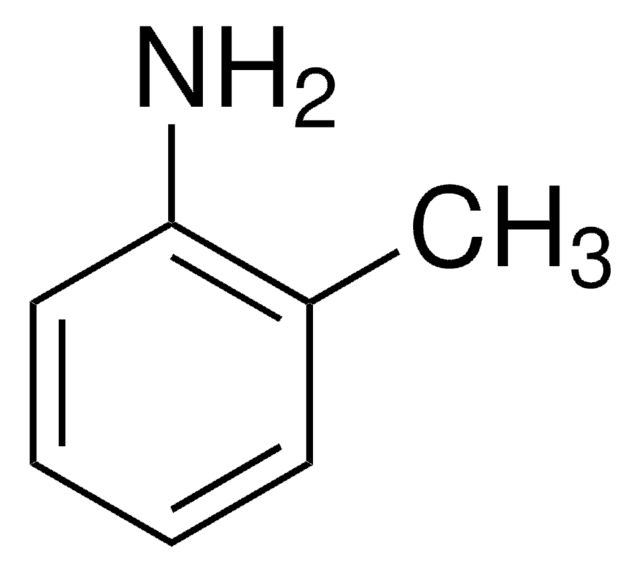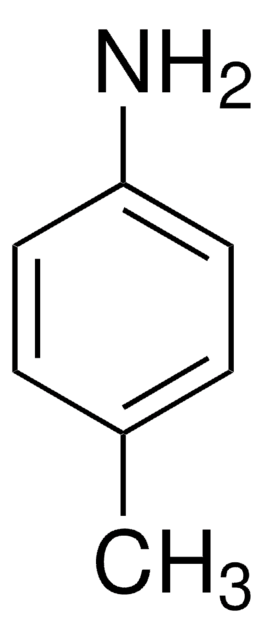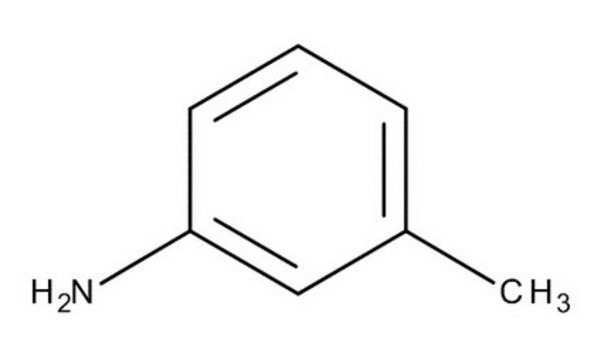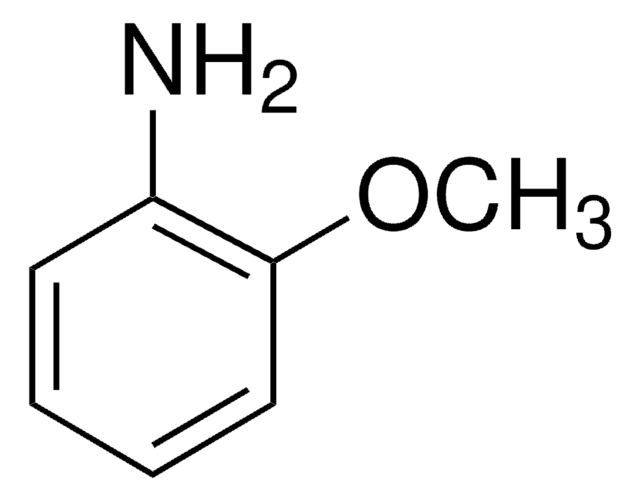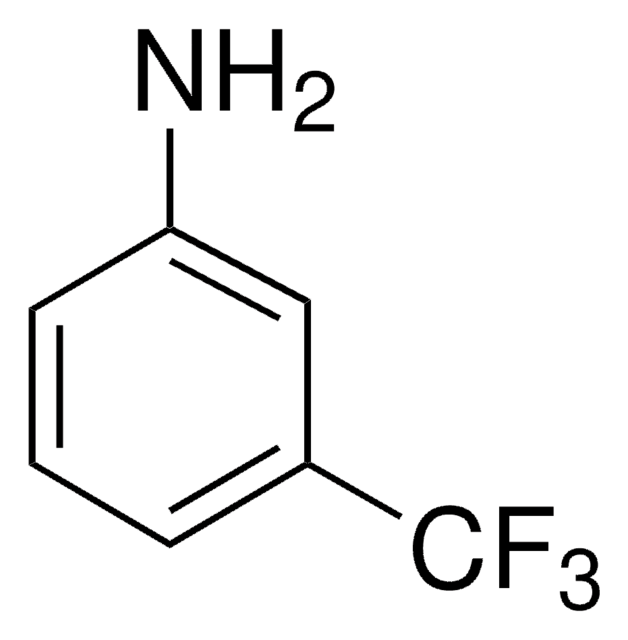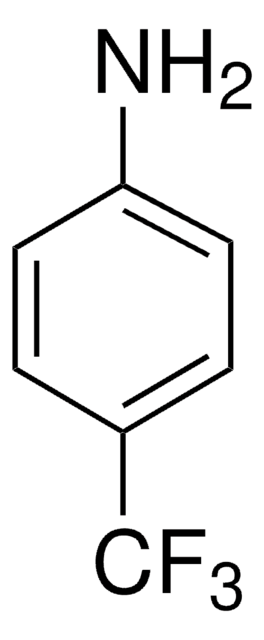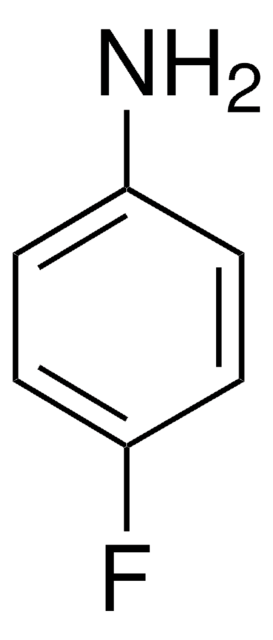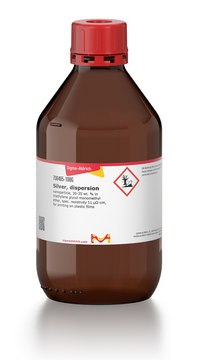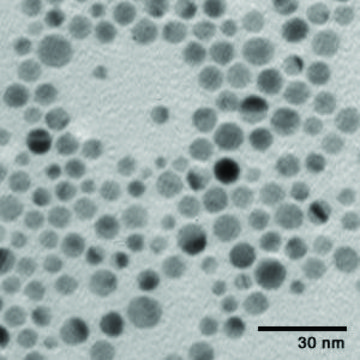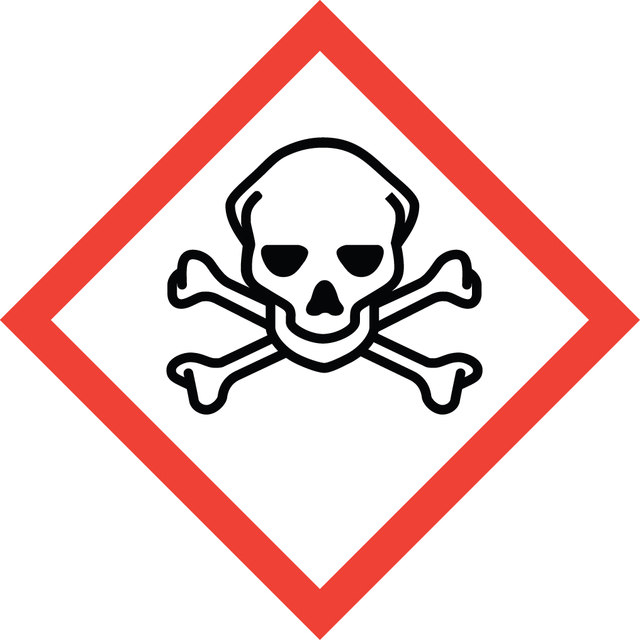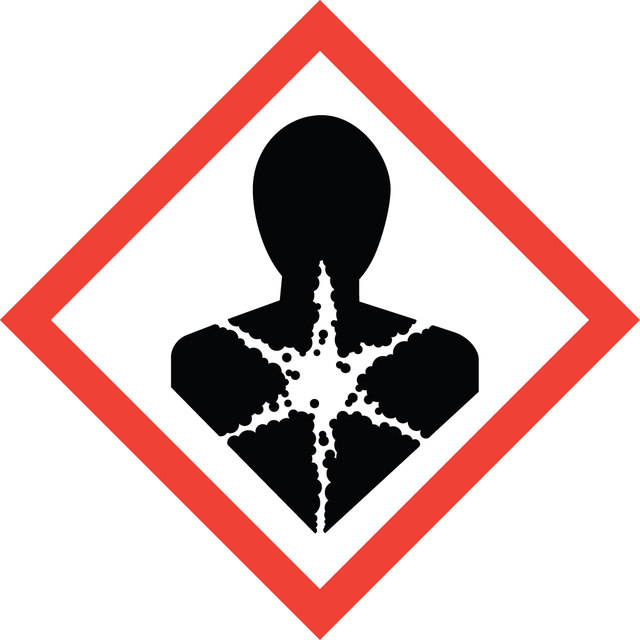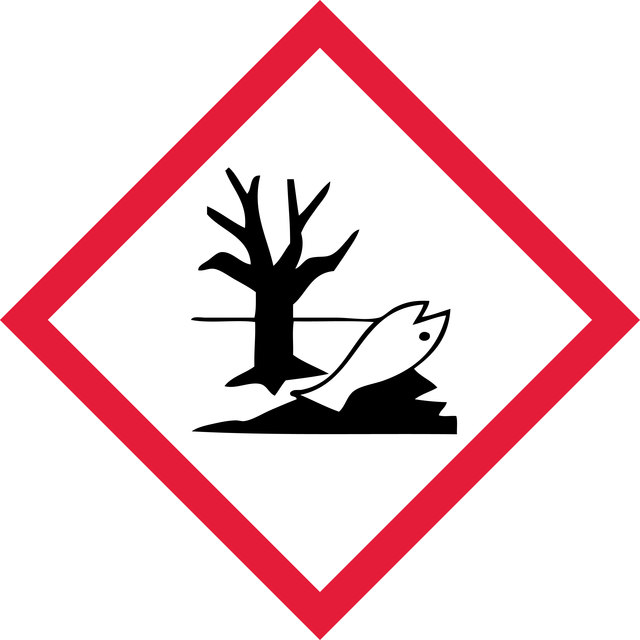Key Documents
Safety Information
Select a Size
Select a Size
About This Item
Recommended Products
Assay
99%
refractive index
n20/D 1.567 (lit.)
bp
203-204 °C (lit.)
density
0.999 g/mL at 25 °C (lit.)
SMILES string
Cc1cccc(N)c1
InChI
1S/C7H9N/c1-6-3-2-4-7(8)5-6/h2-5H,8H2,1H3
InChI key
JJYPMNFTHPTTDI-UHFFFAOYSA-N
Looking for similar products? Visit Product Comparison Guide
Related Categories
1 of 4
This Item | 736511 | 576832 | 730785 |
|---|---|---|---|
| form dispersion, nanoparticle | form dispersion, nanoparticle | form nanopowder | form nanoparticles |
| description surface tension 35 - 40 dyn/cm | description surface tension 40 - 70 mN m-1 | description - | description - |
| concentration 30-35 wt. % in triethylene glycol monoethyl ether | concentration 40-50 wt. % | concentration - | concentration 0.02 mg/mL in aqueous buffer |
| refractive index n20/D 1.333 | refractive index n20/D 1.333 | refractive index - | refractive index n20/D 1.333 |
| viscosity 10-18 cP | viscosity 900-1600 mPa.s ((25°C)) | viscosity - | viscosity - |
General description
Application
Signal Word
Danger
Hazard Statements
Precautionary Statements
Hazard Classifications
Acute Tox. 3 Dermal - Acute Tox. 3 Inhalation - Acute Tox. 3 Oral - Aquatic Acute 1 - Aquatic Chronic 1 - STOT RE 2
Storage Class Code
6.1A - Combustible acute toxic Cat. 1 and 2 / very toxic hazardous materials
WGK
WGK 3
Flash Point(F)
186.8 °F - closed cup
Flash Point(C)
86 °C - closed cup
Personal Protective Equipment
Regulatory Information
Choose from one of the most recent versions:
Already Own This Product?
Find documentation for the products that you have recently purchased in the Document Library.
Our team of scientists has experience in all areas of research including Life Science, Material Science, Chemical Synthesis, Chromatography, Analytical and many others.
Contact Technical Service